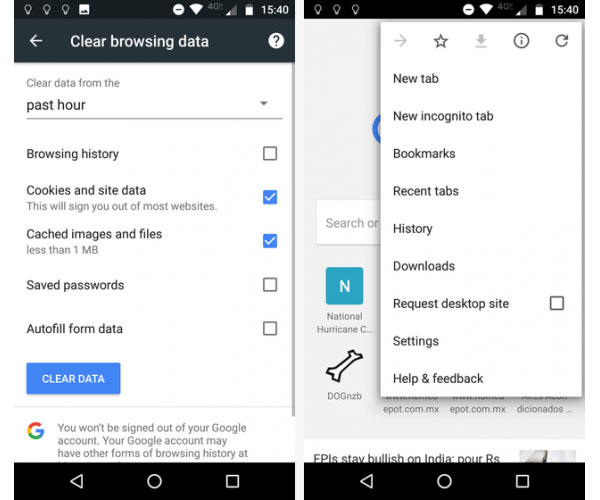
We already have an article on how to view hidden files – if you’re not sure how to do it.Ĥ. Now, you have to enable the option to view the hidden files. In case you have multiple users, you have to decide accordingly.ģ. For instance, my PC has only one user, so I opened up the folder “ANKUSH” (that’s my system name).

If you are the only user, you can just navigate your way to the folder with your username. Once inside, you will notice a “ Users” folder. First, you will have to head into your Windows system drive.Ģ. Here’s how you can locate the bookmarks store:ġ. Google Chrome bookmarks are stored in a hidden folder on Windows. Windows: In What Folder Are Google Chrome Bookmarks Stored? For instance, Profile 2 folder for another user. In case multiple users are utilizing Google Chrome, you have to make sure which profile is it (the storage path will differ accordingly).If you do not have multiple profiles (or multiple users) using the browser, you can easily locate the bookmark folder by spotting the “ Default” or “ Profile 1” folder in the storage path discussed later in the article.If you want to copy-paste the file just to transfer the bookmarks onto another PC, you should consider signing in (and syncing) your Google account on Chrome.You probably do not want to delete or modify the bookmark folder/file unless you are sure that you no longer need it.

Important Things To Noteīefore proceeding to locate the file/folder where Google Chrome bookmarks exist, you should know about a few things (if you were not aware already): The file path will depend on the OS you are running on (Windows, macOS or Linux).įret not, in this article, we shall let you know the storage locations of Google Chrome bookmarks on your computer. So, for this, we need to locate the exact file (or folder) where Google Chrome saves the bookmarks.

This might help you restore/backup/modify your bookmarks locally. Instead, we want to know where the bookmarks are stored on your computer? But, here, we are not looking to search for the bookmarks inside Google Chrome. The obvious answer is the browser itself.


 0 kommentar(er)
0 kommentar(er)
